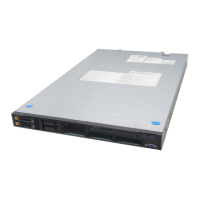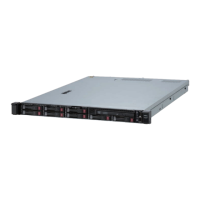3-14 Service Processor
SP Command Console Buffer
SP Command Console output from the service processor might contain important
information, such as the cause of a system state change. With the LAN console,
however, you cannot monitor the console output from the end of iSP startup until the
LAN console connection is established. Therefore, the iSP has a function to save a
certain amount of message output in a buffer while the connection is being established
to the SP Command Console. About 1,000 lines of messages can be stored in this
buffer. The buffer stores the latest 1,000 lines of messages. You can use the ML
command to view the messages stored in the buffer.
SP Command Prompt
In SP command mode (Normal Mode or Maintenance Mode), one of the following
types of command prompt is displayed when you press the ESC key.
Interactive operations for each SP command and prompts for subcommand entry
depend on the SP command.
Table 3-14. SP Command Mode Prompts
Prompt Description
ISPyz:--> Command prompt in Normal Mode.
ISPyz:MNT> Command prompt in Maintenance Mode.
SP Message Header
SP messages have a header in the formats listed in the following table.
No message header is added to the prompts and messages that appear during interactive
operations in each SP command.
Table 3-15. SP Message Header Formats
Message Header Description
[iSPyz:INFO.cccc] string Indicates an information message.
“cccc” is the ID assigned to each message.
“string” is the message body.
[iSPyz:WARN.cccc] string Indicates a warning message.
[iSPyz:ERRORcccc] string Indicates an error message.

